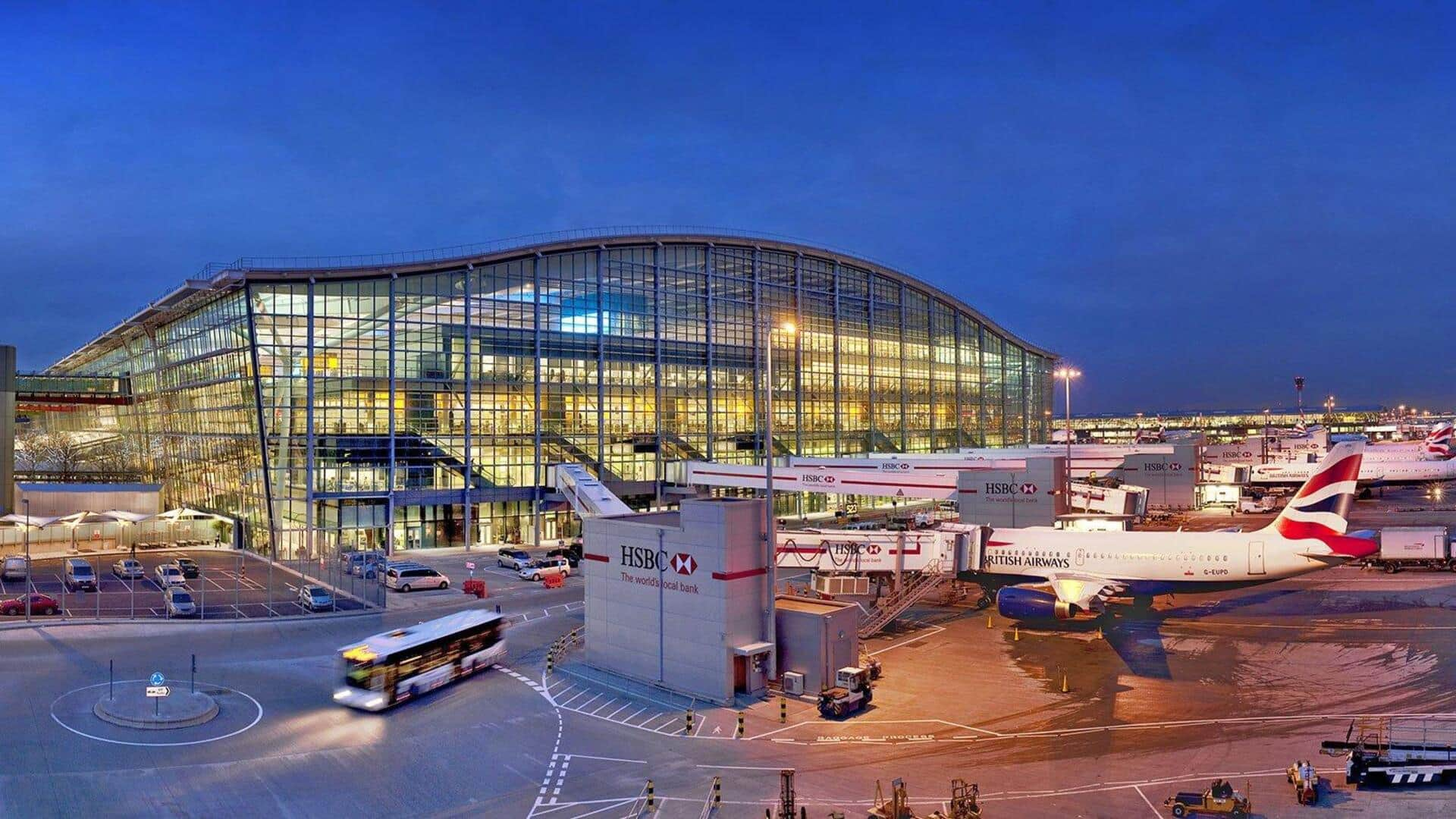
Aliens may find us through our airports. Say what!
What's the story
Radar systems that are used by civilian airports and military operations are revealing our existence to potential advanced alien civilizations, a new study has revealed. The research was presented at the Royal Astronomical Society's National Astronomy Meeting (NAM 2025) in Durham, UK. It examined how hidden electromagnetic leakage from these radar systems might be detected by extraterrestrials up to 200 light-years away with advanced radio telescopes like ours.
Research findings
Airports as beacons of our existence
The study highlighted major global airports like Heathrow, Gatwick, as well as JFK International Airport as possible beacons of our existence. The researchers simulated how these radar signals disperse over time and space, and their visibility from nearby stars like Barnard's Star and AU Microscopii. They found that airport radar systems emit a combined radio signal of 2x10^15W strong enough to be detected by telescopes, similar to the Green Bank Telescope in West Virginia from up to 200 light-years away.
Enhanced detection
Military radar systems more focused and directional
Military radar systems, which are very focused and directional, produce a unique pattern—like a lighthouse beam. They have an accumulated peak emission of around 1x10^14W in a given field-of-view of the observer. Such signals could be up to hundred times stronger from designated points in space depending on the observer's location. The study's lead researcher Ramiro Caisse Saide at University of Manchester said these military signals would look "clearly artificial to anyone watching from interstellar distances with powerful radio telescopes."
Technosignatures
Universal sign of intelligent life
Caisse Saide said the research suggests radar signals—unintentionally produced by any planet with advanced technology and complex aviation systems—could serve as universal sign of intelligent life. The study not only aids in search for extraterrestrial civilizations by identifying promising technosignatures but also improves our understanding of how human technology may be perceived from space. Co-researcher Professor Michael Garrett of University of Manchester, stressed that learning how our signals travel through space can help protect the radio spectrum for future communications.
Future
Techniques can also be applied in astronomy, planetary defense
The techniques developed in this study to model and detect such weak signals can also be applied in astronomy, planetary defense, as well as monitoring the impact of human technology on our space environment. Caisse Saide added, "In this way, our work supports both the scientific quest to answer the question 'Are we alone?' and practical efforts to manage the influence of technology on our world and beyond."